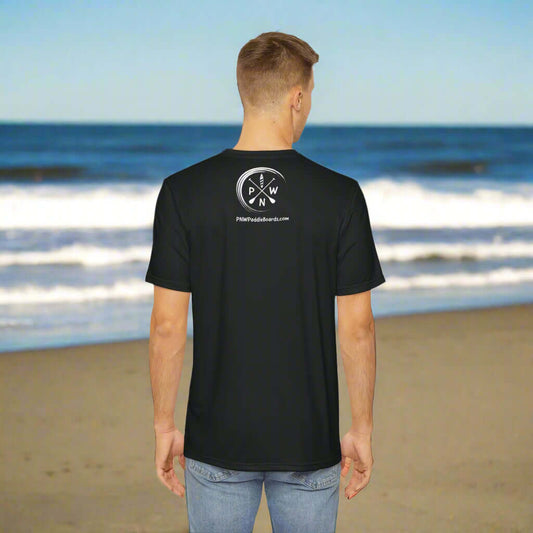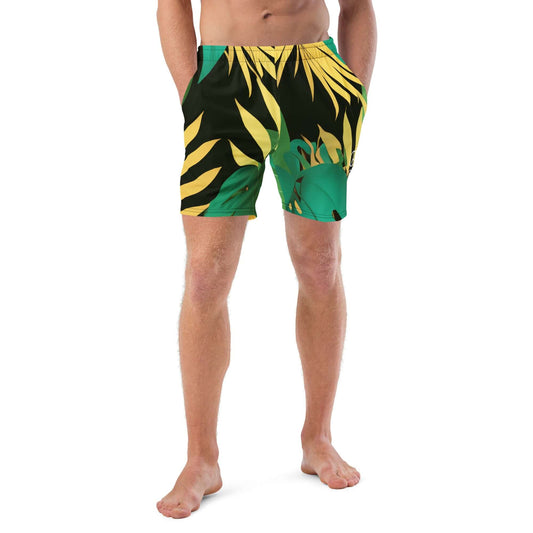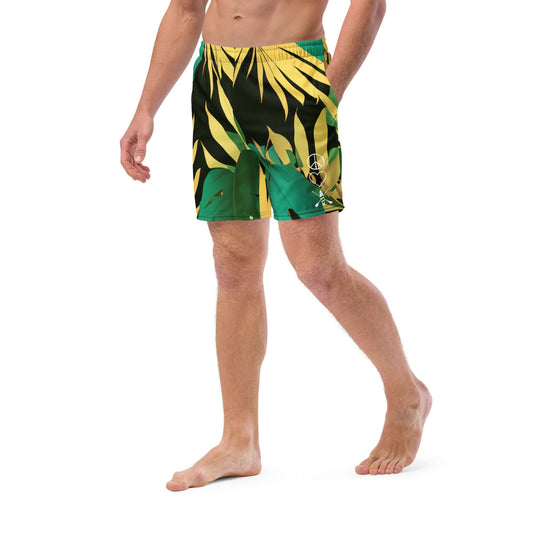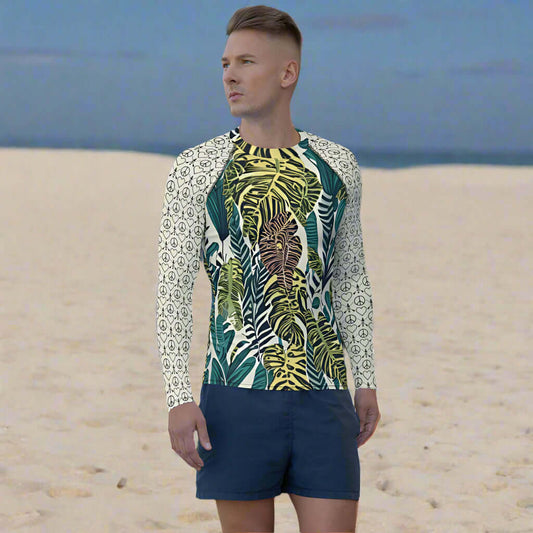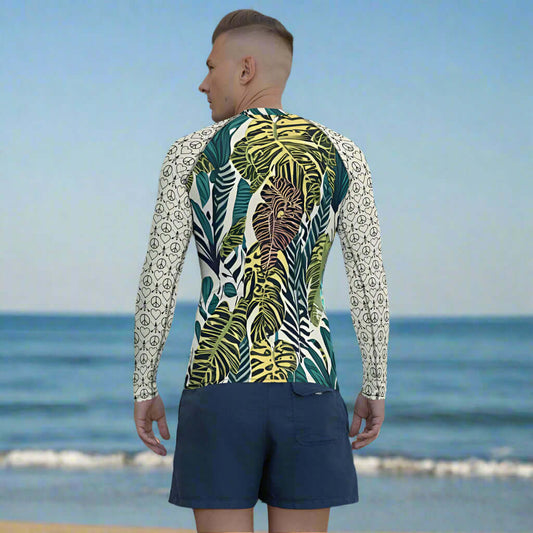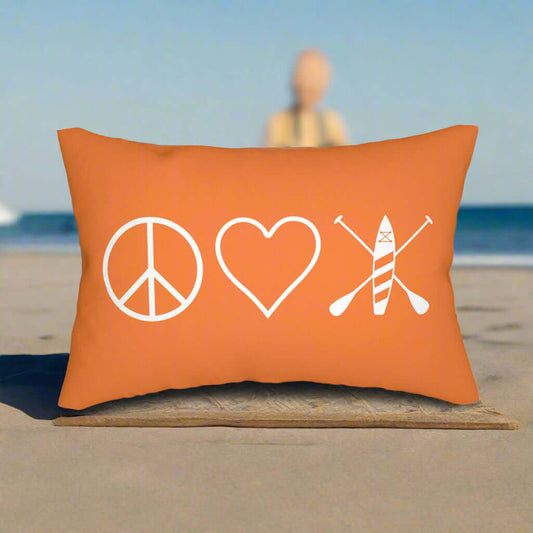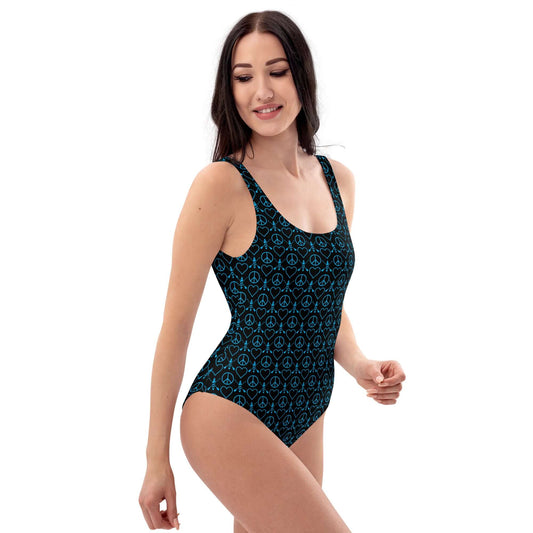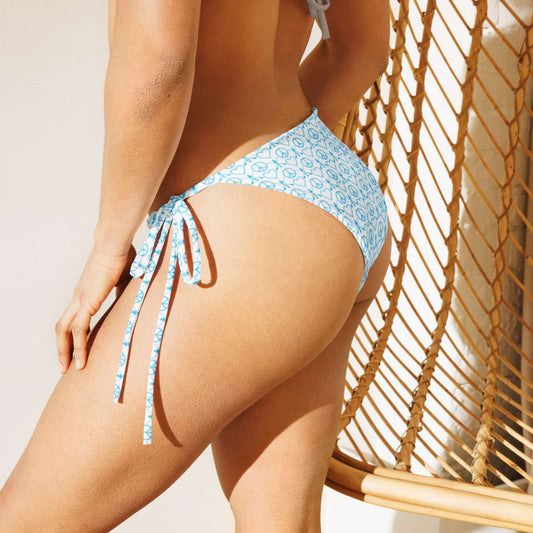
The Evolution of Paddle Boarding: A Water Sport Journey
Frequently Asked Questions
1. What is the history of paddle boarding?
2. What is stand-up paddle boarding (SUP)?
3. What are the benefits of paddle boarding?
4. How has paddle boarding contributed to community and social connectivity?
5. What are some current trends in paddle boarding?
Paddle boarding has captivated water sports enthusiasts around the globe, evolving from a humble means of transportation to a full-fledged recreational activity. The rich history of paddle boarding intertwines cultures, innovations, and a growing awareness of fitness and outdoor experiences. In this exploration, we will delve into the origins, development, and current trends surrounding this thrilling water sport, particularly focusing on the Voyager paddleboard and its impact. Join us as we paddle through the fascinating evolution of this engaging activity.
The Origins of Paddle Boarding
The concept of paddle boarding dates back several centuries, with early instances observed in ancient Polynesia. The indigenous people of Hawaii used large wooden boards to traverse the ocean and fish. This primitive form of paddle boarding relied heavily on balance and purpose, as these ancient watermen would stand on their boards while navigating the vast waters.
Fast forward to the 1960s, paddle boarding started gaining traction in the United States, especially in California. Surfing enthusiasts began using boards to ride small waves, sometimes referred to as “surfboards with paddles.” This adaptation allowed surfers to continue enjoying their sport during flat days when traditional surfing was not possible. It was at this juncture that the first paddleboards resembling modern designs started to emerge.
The Rise of Stand-Up Paddle Boarding (SUP)
By the late 1970s and early 1980s, the emergence of stand-up paddle boarding (SUP) as a distinct sport began taking shape. In 2001, the sport saw explosive growth, dramatically popularized by notable athletes like Laird Hamilton and Dave Kalama. They showcased the versatility of the Voyager paddleboard and other designs, turning a simple activity into a widely popular sport.
The Development of Modern Paddleboards
As paddle boarding gained momentum, so did innovations in board design. The typical long, narrow shape gave way to various styles crafted for different experiences—like stability, speed, or wave riding. The advent of inflatable designs, particularly the inflatable Voyager paddleboard, brought accessibility and convenience to the sport. With these boards, water enthusiasts could easily transport their gear, making it possible to paddle in virtually any environment—from rivers and lakes to coastal waters.
Safety and Technology Enhancements
Along with the increase in popularity, heightened awareness of safety measures and technology in paddle boarding emerged. Manufacturers began to implement design features enhancing stability and buoyancy, making SUP accessible for beginners while retaining performance for experienced paddleboarders.
Safety gear, such as personal flotation devices (PFDs) and leashes, became essential components for any paddleboard excursion. The paddleboard community also encouraged education about water conditions and paddling techniques to promote safe experiences on the water.

The Physical and Mental Benefits of Paddle Boarding
The popularity of paddle boarding can also be attributed to its numerous health benefits. SUP offers a full-body workout that engages various muscle groups while promoting balance, core strength, and flexibility. Additionally, the rhythmic motion of paddling can serve as a moving meditation, providing mental clarity and reducing stress.
Social Connectivity and Community Growth
As paddle boarding gained traction, communities began forming around the sport. Local paddleboarding clubs and schools emerged, providing enthusiasts with opportunities to engage, learn, and grow their skills together. Social media platforms amplified this sense of community, allowing paddlers to share experiences, tips, and breathtaking photos of their adventures.
These communities often organize events such as races, open paddle days, and workshops, further strengthening the bond among paddleboarders. The growing culture surrounding paddle boarding has created numerous opportunities for social interaction, making it a popular pastime for families, friends, and couples alike.
The Role of Paddle Boards in Conservation Efforts
The paddleboarding community increasingly recognizes the importance of environmental stewardship. Many organizations and advocates use paddleboards as tools for conservation, conducting beach clean-ups and awareness campaigns for protecting marine ecosystems. The versatility of the Voyager paddleboard makes it an excellent tool for participating in these efforts, as they can easily navigate through various bodies of water.
By promoting sustainable practices and encouraging eco-friendly paddling, the sport embraces its responsibility to protect the waterways that serve as both playgrounds and natural habitats.
Emerging Trends in Paddle Boarding
As paddle boarding continues to evolve, so do the trends in gear and experience. Some contemporary developments that capture the excitement of this sport include:
- Yoga on Paddle Boards: The rise of paddleboard yoga combines fitness and serenity, allowing practitioners to connect with nature while achieving balance and mindfulness.
- Fitness Classes: Many gyms and wellness programs have adopted SUP fitness classes, which incorporate a variety of workouts, including cardio, strength training, and even boot camp-inspired exercises on paddleboards.
- Racing: Competitive paddleboarding has spurred the creation of numerous races and events, inviting paddlers of all levels to test their skills against the clock and each other.
The Future of Paddle Boarding
The future of paddle boarding appears bright and full of possibilities. As innovation continues to push boundaries in design and technology, enthusiasts can anticipate even more exciting developments within the sport. With an increasing number of individuals embracing an active lifestyle, paddle boarding is poised to maintain its momentum as a beloved water sport.
Final Thoughts: Embrace the Paddle Boarding Revolution
From its humble beginnings in ancient Polynesia to its contemporary status as a popular water sport, paddle boarding has evolved tremendously. Whether you're a novice interested in exploring local waterways or an expert looking for a competitive edge, paddleboarding presents an opportunity for adventure and connection. As you gear up to join the ranks of paddleboard enthusiasts, remember that both the Voyager paddleboard and traditional designs have played a significant role in enriching the experience of countless individuals on the water. Dive into this water sport revolution, and let your paddle start the journey!












